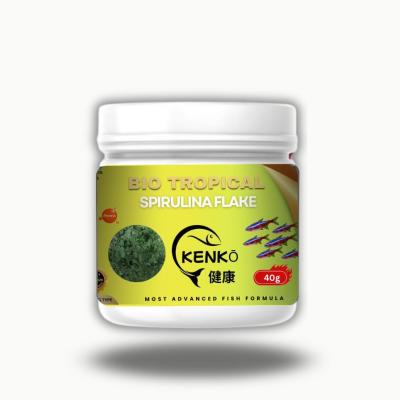
Add your review
Your email address will not be published. Required fields are marked *
Please login to write review!
Looks like there are no reviews yet.
869710371724/7 Support Center
Red Pencil Tetra is one of the most beautiful species of pencilfish. Its adaptable has a pleasant demeanor and may just be the perfect aquarium fish.
Red Pencil Tetra: This is a very popular smaller pencil fish called the Red Pencilfish (Nannostomus beckfordi) has a crimson upper half, a black stripe, and a white bottom.
The “nose” of the male has a crimson mark on it. Both genders have bluish/white bottom fins. They originate from Guyana, Suriname, and French Guiana, as well as the eastern Amazon drainage in the Brazilian states of Amapá and Pará.
These are captive-raised with an emphasis on increased red coloration. They are perfect community fish with other similar-sized fish.
Adult size for them is less than 1.5 inches. They are the ideal addition to a tank that is at least 10 gallons in size and has calm fish of the same size, such as little tetras and rasboras.
They benefit from living plants since they like being around them. For them to feel at home in their aquariums, it is recommended that they be kept in groups of at least ten.
When men and females are together, the males will have more vibrant colors to stand out from the other members of the group.
The aquarium should have rockwork, vegetation, and driftwood to mimic their natural habitat. It is highly advised to utilize Indian Almond or Guava leaves because they also like tannins in their water.
They also prefer a darkened aquarium, so keeping floating plants is advised to reduce the amount of light that reaches them. The use of a sponge filter is advised for gentle filtration. Because the red pencil fish is likely to eat young shrimp, we do not advise keeping this fish near shrimp colonies.
II. You would love the fish because…
You will be intrigued by this species because of its striking red coloring.
The demand for this fish, which is excellent for such a setup, has increased as a result of the exploding popularity of planted micro tanks.
Its habitat and population are allegedly severely constrained, but fortunately, the availability of specimens through tank breeding has reduced the need for wild collection.
A very active and a schooling specie, this should always be maintained in groups to prevent aggression. A tank with plants is ideal. Any fish that isn’t too big to consume can be kept with them.
III. Is this fish species peaceful or hostile?
Overall peaceful fish.
IV. Species compatibility
Danios, Corydoras, Discus fish, most Livebearers, and some peaceful Dwarf Cichlids, such as Apistogramma.
V. How to feed this species?
Little pellets, prepared fish food, flake food, frozen food, dry food, and anything else that fish can consume in general will be enjoyed by it.
Delivery in Kolkata only.
Your email address will not be published. Required fields are marked *
Please login to write review!
Looks like there are no reviews yet.